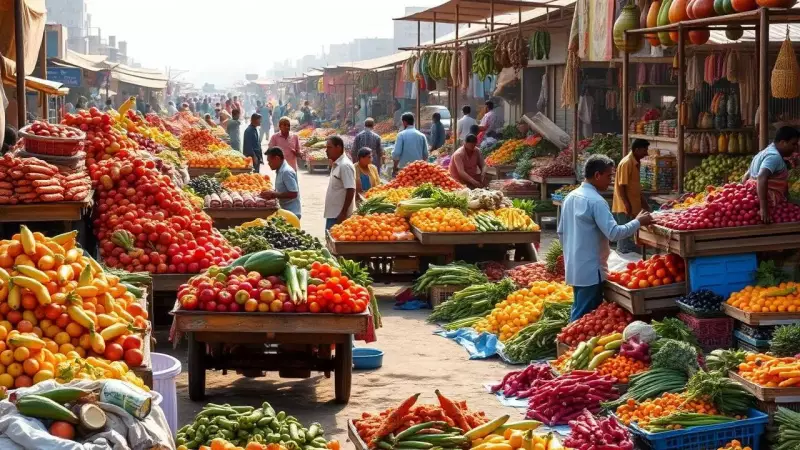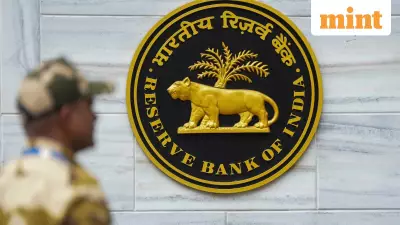
India's economy witnessed a remarkable development in October 2025 as retail inflation plummeted to its lowest level in a decade, providing significant relief to consumers and policymakers alike. Government data reveals that the Consumer Price Index (CPI) inflation dropped to a mere 0.25% during the month, marking the lowest year-on-year inflation recorded in the current CPI series.
Historic Decline in Headline Inflation
The latest figures show a substantial reduction of 119 basis points in headline inflation from September 2025 to October 2025. This dramatic drop represents the most significant monthly decline observed in recent years, bringing inflation to levels not seen since 2015. The rural sector experienced deflation with headline inflation registering at -0.25% in October 2025, compared to -1.07% in the previous month.
Urban areas also saw considerable improvement, with headline inflation declining from 1.83% in September 2025 to 0.88% in October 2025. This widespread decline across both rural and urban landscapes indicates a broad-based cooling of price pressures throughout the Indian economy.
Food Prices Plunge to Record Lows
The most striking development comes from the food basket, where inflation turned sharply negative. The All India Consumer Food Price Index (CFPI) recorded a year-on-year inflation rate of -5.02% for October 2025 compared to October 2024. This represents a massive decrease of 269 basis points from September 2025 levels, reaching the lowest point in the current CPI series.
The rural-urban breakdown shows food inflation at -4.85% in rural areas and -5.18% in urban centers. This deflation in food prices has been a primary driver behind the overall inflation slowdown, providing substantial relief to household budgets across the nation.
Key Factors Behind the Inflation Slowdown
Several significant factors contributed to this dramatic decline in both headline and food inflation during October 2025. The complete monthly impact of GST reduction played a crucial role in lowering prices across multiple categories. A beneficial base effect from the previous year amplified the downward trend, while decreased inflation rates were observed across essential categories including:
- Oils and fats
- Vegetables and fruits
- Egg products
- Footwear
- Cereals and cereal products
- Transport and communication services
The combination of these factors created a perfect environment for inflation control, with policy measures and seasonal factors aligning to produce these unprecedented results.
Sector-Specific Inflation Trends
Beyond the headline numbers, specific sectors showed varied performance. The urban housing inflation rate remained relatively stable at 2.96% in October 2025, compared to 2.98% in September 2025. This sector continues to show resilience despite the broader deflationary trend.
Education costs saw a slight increase, with the combined rural and urban education inflation rate rising to 3.49% in October 2025 from 3.44% in the previous month. Meanwhile, healthcare costs provided some relief as the combined health inflation rate for rural and urban sectors decreased to 3.86% in October 2025 from 4.39% in September 2025.
This comprehensive inflation data suggests that while most essential categories are experiencing price stability or deflation, certain service-oriented sectors continue to maintain moderate inflation, reflecting the complex nature of India's evolving economic landscape.





